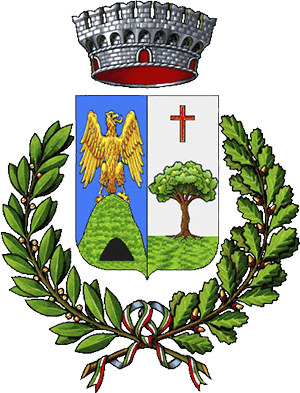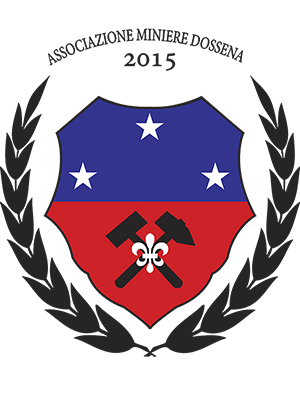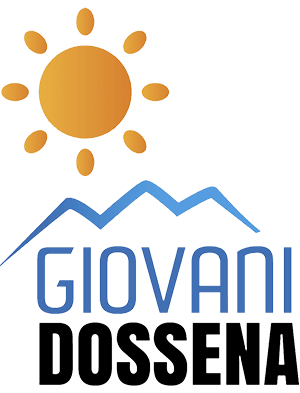
A small corner of the world ready to unveil a great chapter of history
Dossena boasts a respectable mining past that is said to date back to Etruscan times. During the Roman period, Dossena was an important mining centre of the empire. Within the ancient mines, slaves of Rome were condemned Ad Metalla. It is perhaps for this reason that the first church in the Brembana valley was built in this small mountain village.
Generations of inhabitants have worked in the mines of the village, creating an incredible system of tunnels, with only the strength of their arms and pickaxes. Their toil has become our wonder today. But it remains a rare example of dedication and sacrifice. Today Dossena has 930 inhabitants, and is the 190th municipality in the Bergamo area in terms of population, but in the 1920s (at the height of mining activity) there were around 1,200, and almost all of them worked in the mines. The mines continued their activity for centuries, until the final closure in the second half of the last century.
From the past to the present
REDISCOVERING THE ORIGINS OF AN ENTIRE REGION
REDISCOVERING THE ORIGINS OF AN ENTIRE REGION
A journey through the rock and time meanders, thanks to the memories preserved in a small village.
A journey through the rock and time meanders, thanks to the memories preserved in a small village.
Leonardo Da Vinci
Leonardo Da Vinci’s presence in this area dates back to the early 16th century. On behalf of the governor of Milan, Charles d’Ambroyse, Leonardo drew schematic maps of the Val Brembana and Val Seriana dating from 1509 and preserved at the Royal Library in Windsor, London.
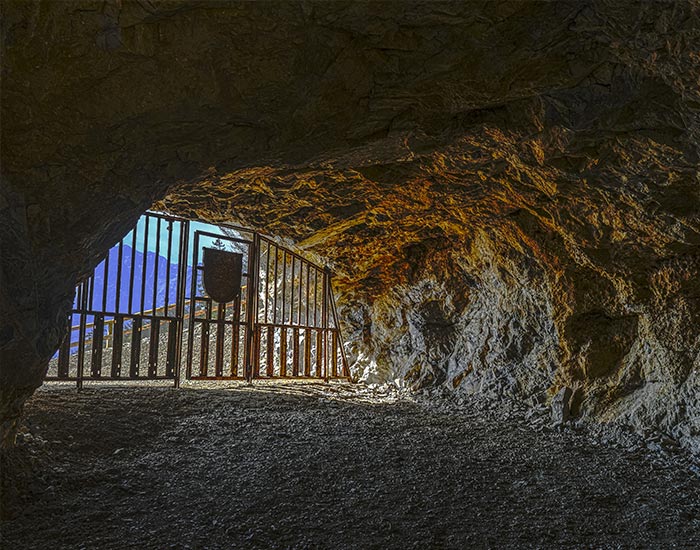
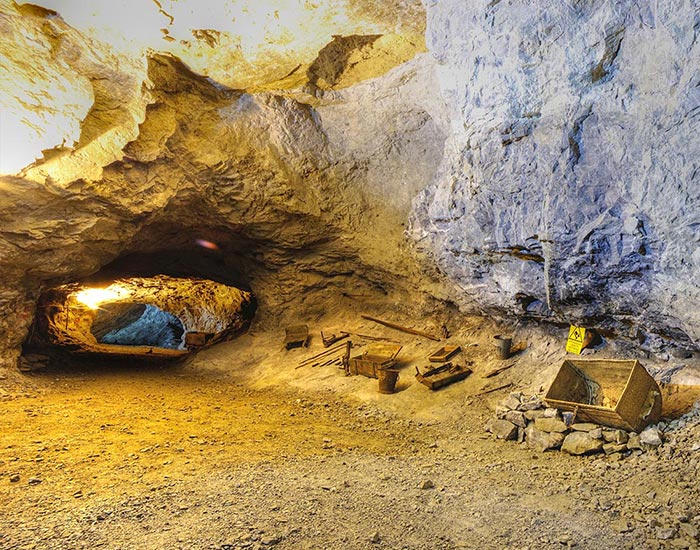
The visit
Works on the restoration of the Dossena mines in Paglio began in September 2014, thanks to the work of 80 volunteers coordinated by the municipality of Dossena. The cleaning of the old debris, lighting and securing of the pre-established tunnels made possible the inauguration on 6th December 2014, and the subsequent opening on 2nd May 2015, along a relatively short route through ancient mining excavations. Now that the extension work is complete, we are able to offer a longer lasting journey deep into the mountains and to relive the stories of those who lived them.





